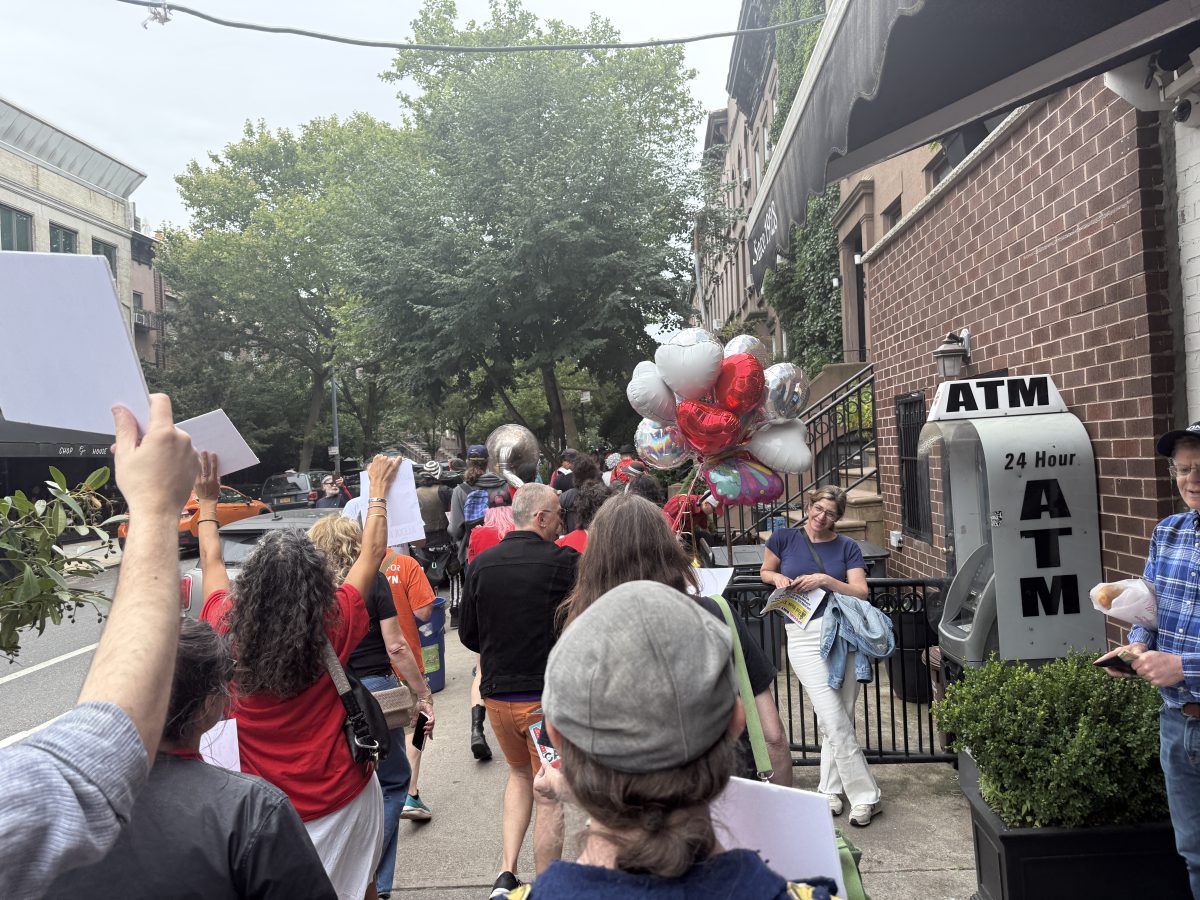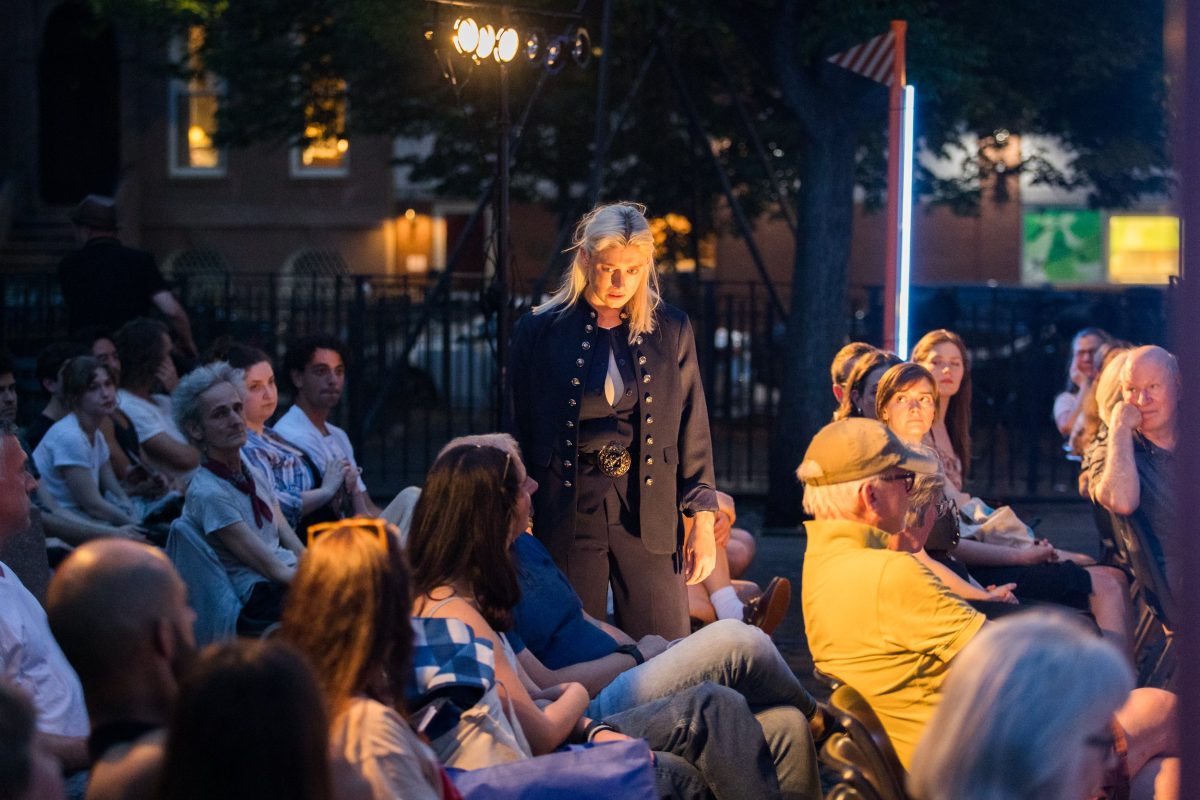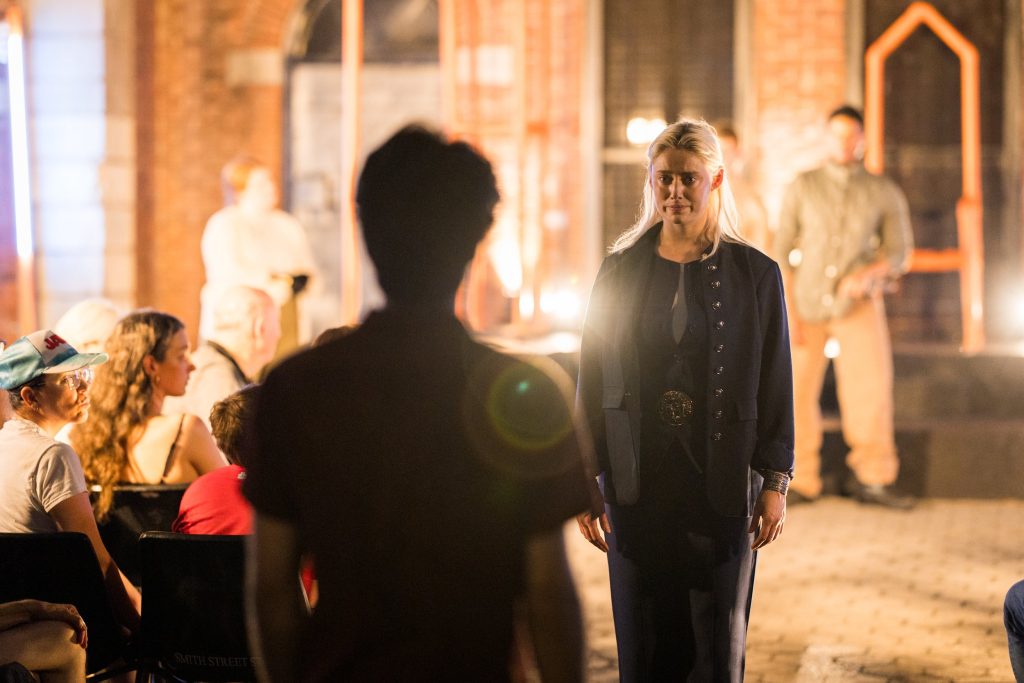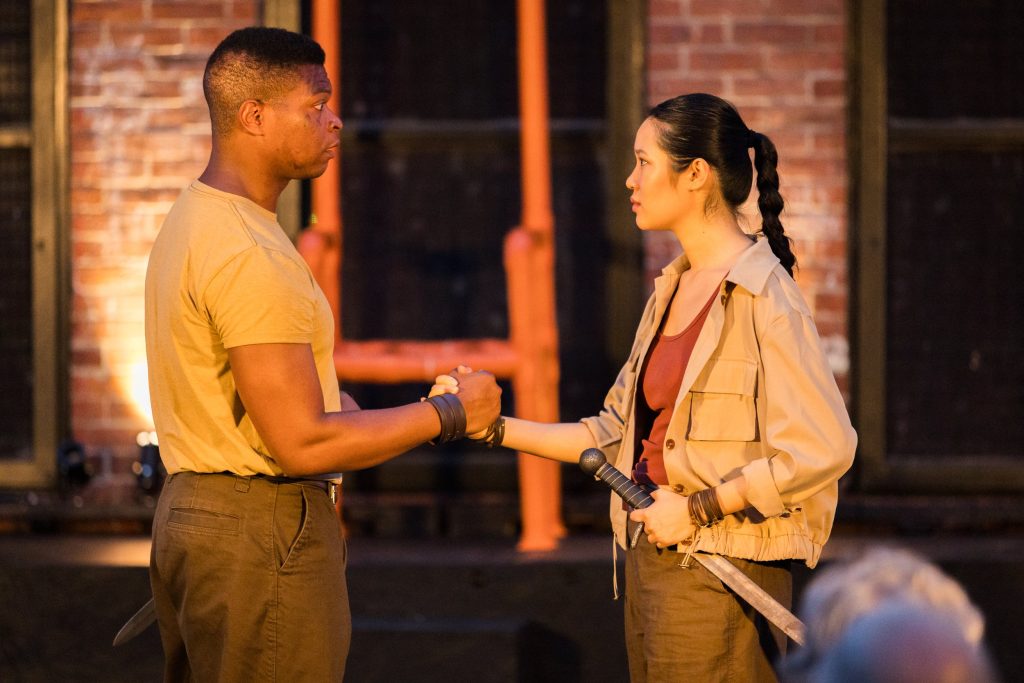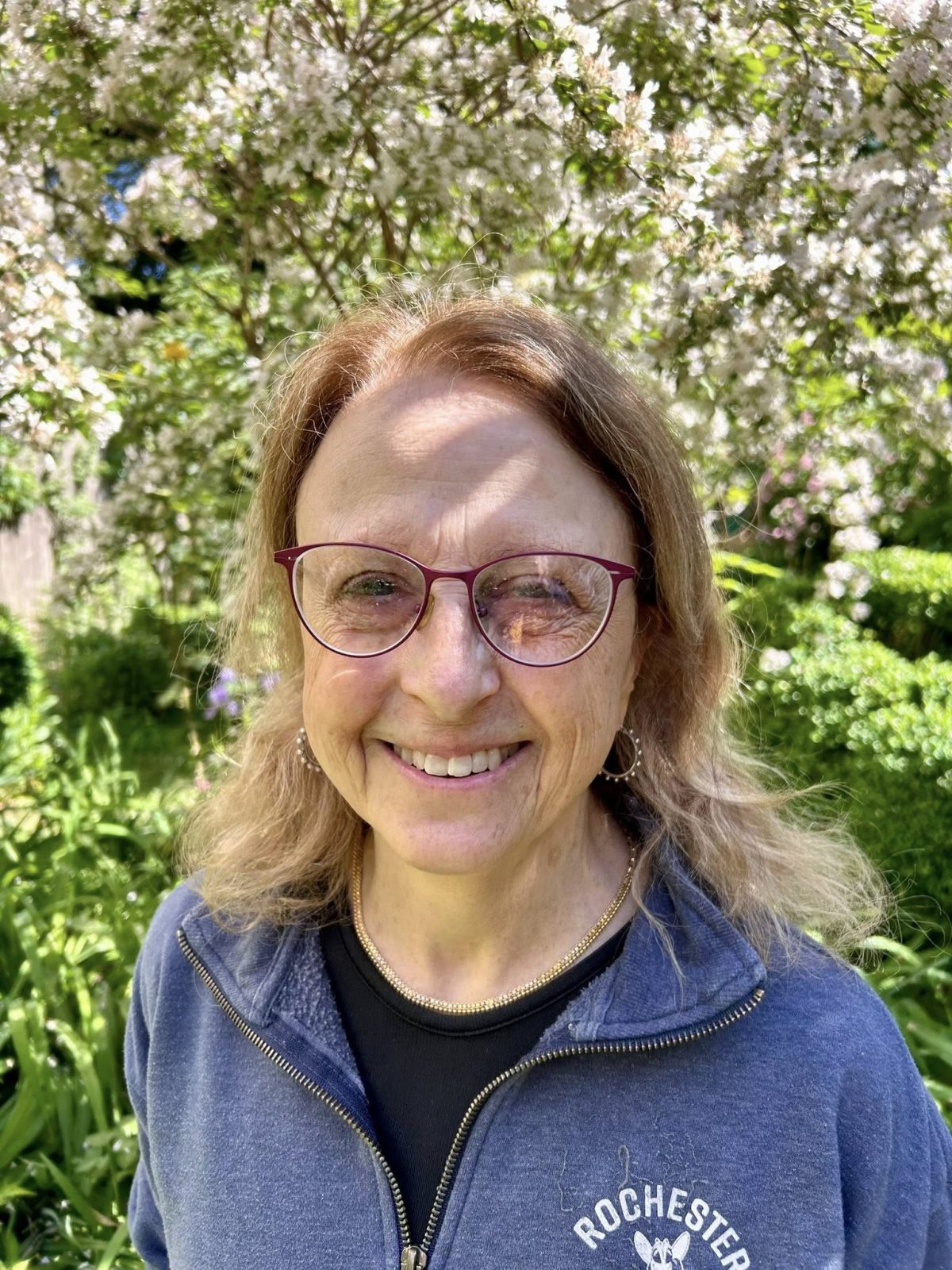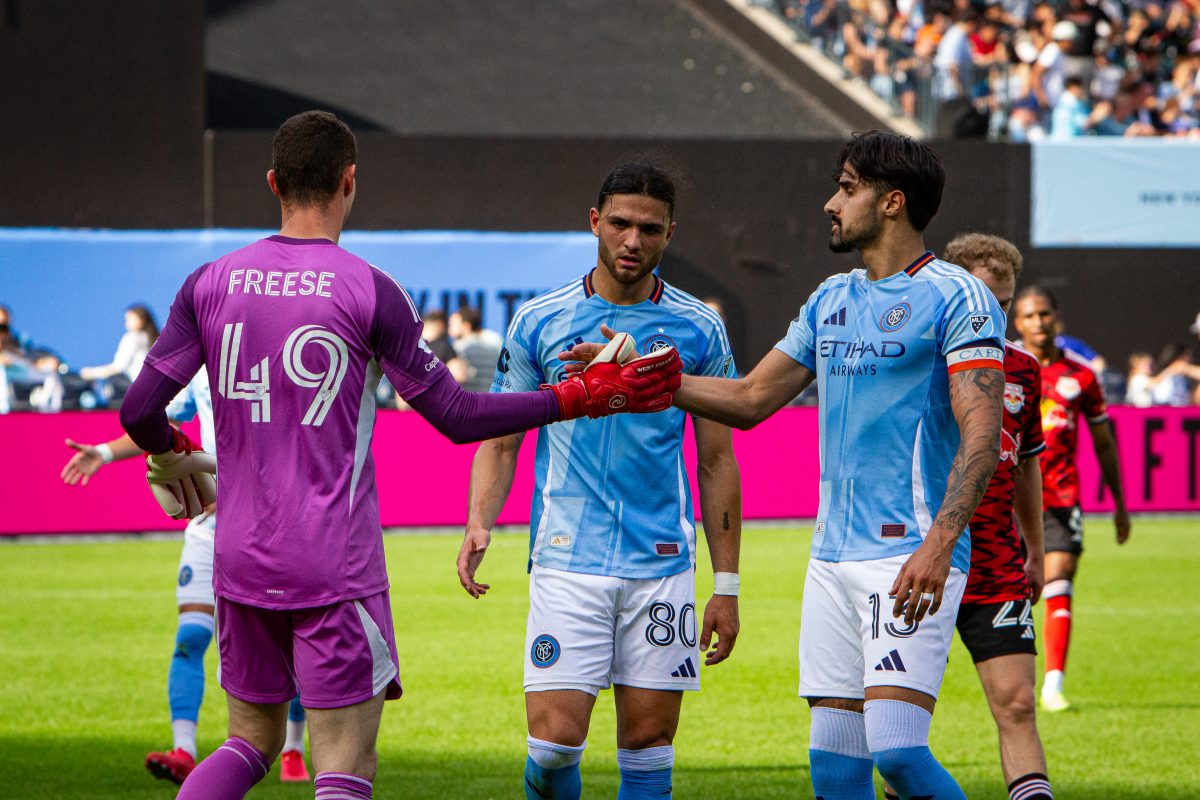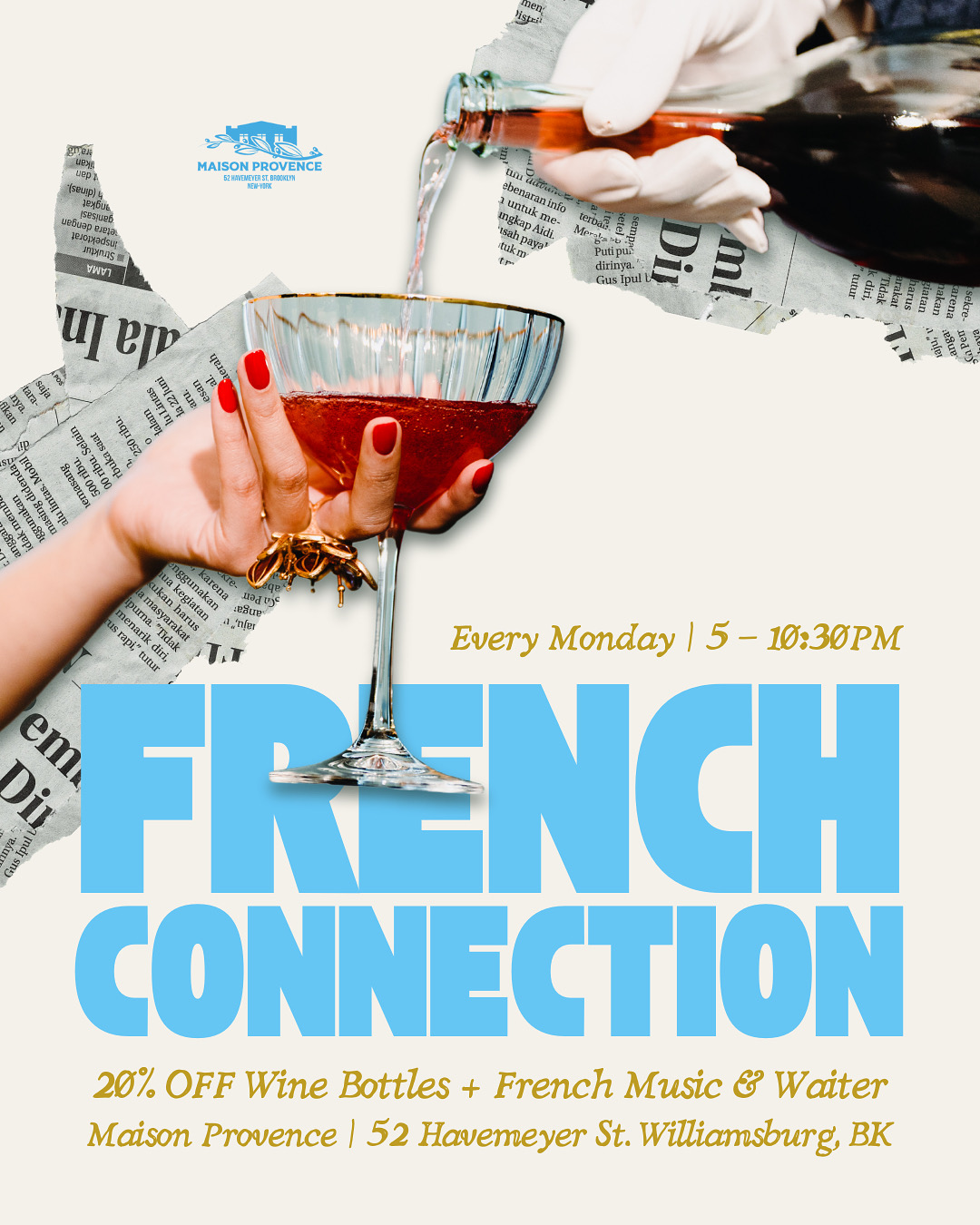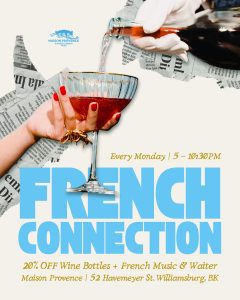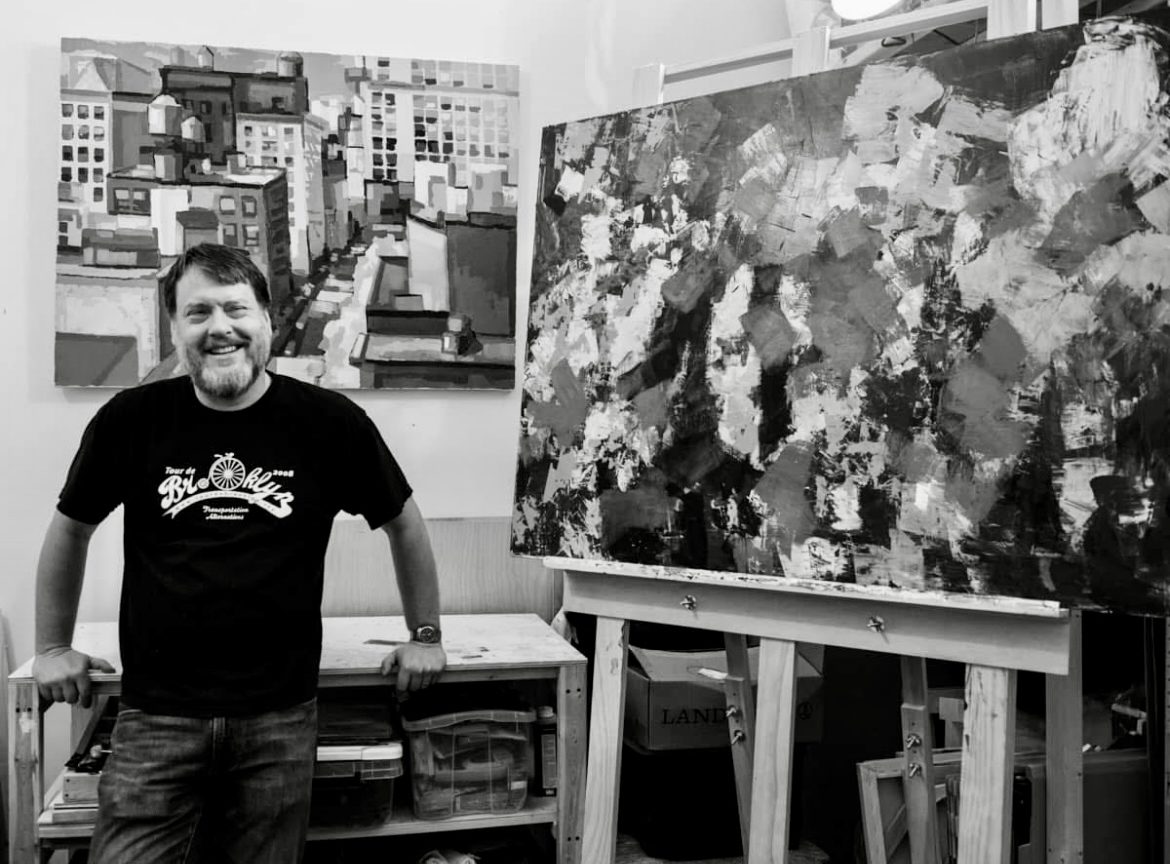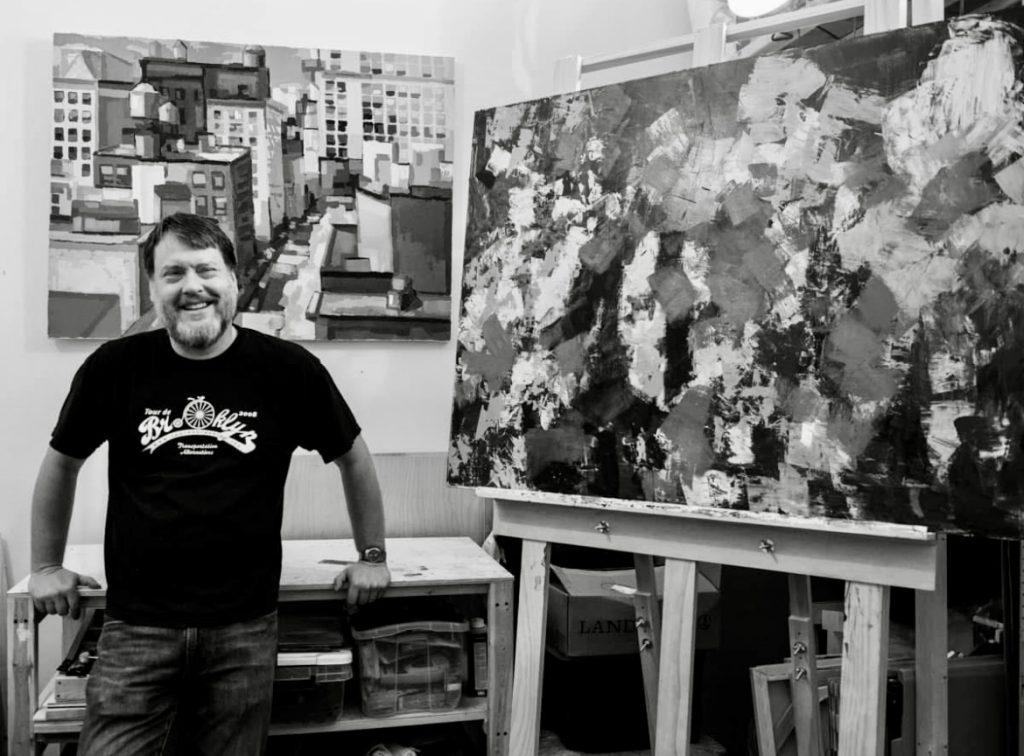Red Hook Rez March After BMT Vote Postponed Again

Dozens of community members gathered by the Harold Ickes skate park to protest the BMT plan’s go-ahead vote — only for it to be postponed at the eleventh hour.
By COLE SINANIAN | news@queensledger.com
Under overcast skies and braving the gusty harbor winds blowing off upper New York Bay, dozens of Red Hook, Columbia Street and Carroll Gardens residents gathered at the corner of Hamilton Ave and Van Brunt Street in the early afternoon on Friday, June 27 to oppose the Economic Development Corporation’s (EDC) redevelopment of the Brooklyn Marine Terminal (BMT) at the Columbia Street Waterfront.
By some estimates, the project could double the neighborhood’s population. The 122-acre swath of waterfront land between the Red Hook Peninsula and the Brooklyn Bridge Park would see improvements to the working port, as well as luxury condo towers, public parks, restaurants, and some price-controlled housing. Part of Mayor Adams’ wider “Harbor of the Future” initiative to revitalize waterfront properties throughout New York, the City first announced the BMT redevelopment in May 2024 and has since invested tens of millions of public dollars.
An EDC-appointed task force chaired by congressman Dan Goldman was set to vote on the plan on Friday, before the EDC abruptly postponed the vote until July 17 or 18 — the third such delay. A two-thirds majority is required for it to pass.
Criticism of the EDC plan has largely centered on its rapid approval and lack of transparency, with community members calling the process undemocratic. Some residents fear that such a sudden population bump of mostly wealthy transplants would permanently alter the neighborhood’s character and price out long-term residents and local businesses. Others worry that Red Hook — which notably sits in a transit desert — lacks the infrastructure to support such a quick expansion, as the redevelopment would put the neighborhood under significant mobility stress both during and after construction.
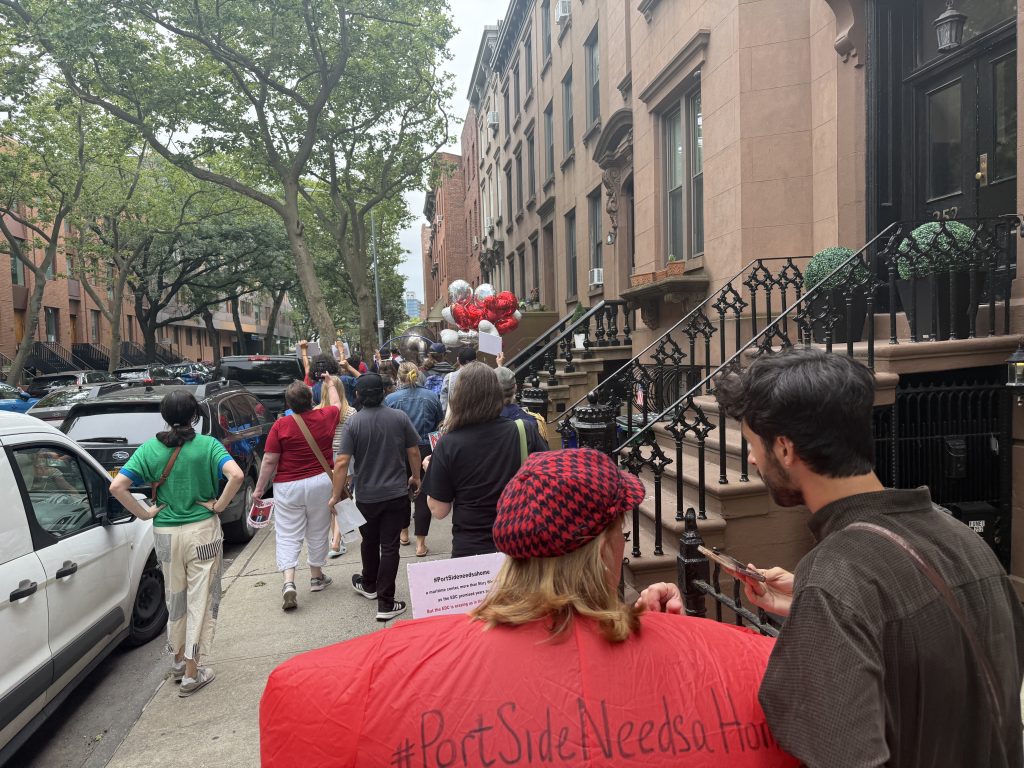
The march wended its way through four neighborhoods — Red Hook, Carroll Gardens, Gowanus, and finally Park Slope — as onlookers cheered or simply watched, perplexed.
”The abject lack of community input that EDC is allowing during this process is shameful,” said Kashif Hussain, Deputy Public Advocate for Infrastructure and Environmental Justice, addressing the crowd of protesters. Many wore red and carried signs with slogans like “Ports R 4 boats” and “Public land for public good! Not for developer profits!”
“The resulting proposal does not prioritize affordable housing, the viability of the marine terminal, or protect the working class residents who call the surrounding area home,” Hussain continued. Once the speech concluded, the group set off on a winding route through Red Hook, Carroll Gardens and Gowanus to the rhythm of the local Hungry March Band’s lively brass music. Passing cars honked while pedestrians cheered along as the activists chanted “This is what democracy looks like!” and “Save our waterfront!”
The EDC is pursuing the plan under the state’s General Project Plan (GPP) procedure, which facilitates quick approval and minimal oversight by bypassing the City Council. One activist carried a cardboard sign reading “Rather slurp a ULURP than a GPP”— referring to the Uniform Land Use Review Procedure (ULURP), a standardized public review process mandated by the City Charter for major land use decisions. Were the BMT development pursued under the ULURP, approval from community boards, the Borough President’s office, and the City Council would be required for the project to proceed.
Jana Weill has lived in the Columbia Street neighborhood for 22 years, and attributes her love for the area to its tight-knit community and maritime character. “It feels like a really special, unique part of the city that you can’t find anywhere else,” she said.
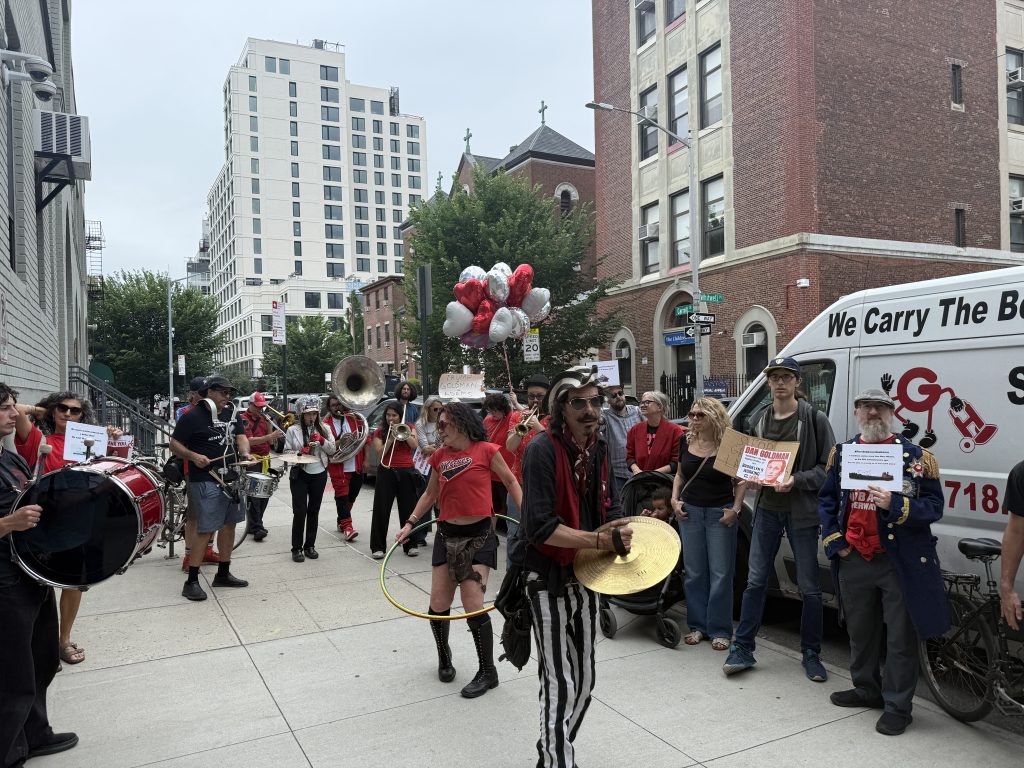
The terminus was state Senator Gounardes’ office. Though he was away in Albany, the band picked up the slack.
But Weill worries that if the EDC’s current plan is approved, the neighborhood will become congested and face population stress she fears its already lacking infrastructure is unprepared to accommodate. “We don’t have roads for all these people, we don’t have buses for all these people,” she said. “It would destroy the neighborhood.”
For its part, the EDC proposes several mobility upgrades around the BMT site in its Vision Plan, such as a commitment to a $25 million investment in shuttle services between the waterfront area and MTA stations during construction, and improved pedestrian access through expanded bike parking and bike lanes along the waterfront. Also discussed are improvements to the B61 bus route, which serves Red Hook, but the plan does not outline a concrete proposal.
Also proposed are 6,000 new homes concentrated along the waterfront, 2,400 of which will be affordable to families earning 60% Area Median Income (AMI), which in New York City amounts to $87,480 for a family of three. A 2025 study from maritime nonprofit PortSide NewYork put the median household income in Red Hook and the Columbia Street Waterfront District at just $56,164, with nearly a third of all households earning less than $25,000.
“I want Red Hook to stay Red Hook,” said Jose Julian, who’s lived in the neighborhood for the past three years. He works as an art handler, and worries that a rapid influx of high-income residents will drive up rents. “We’re a co-op, we’re owners of the company,” he says. “The moment they start building that thing, rent is just gonna spike up, and our business is right here, so that’s not gonna be good for us.”


